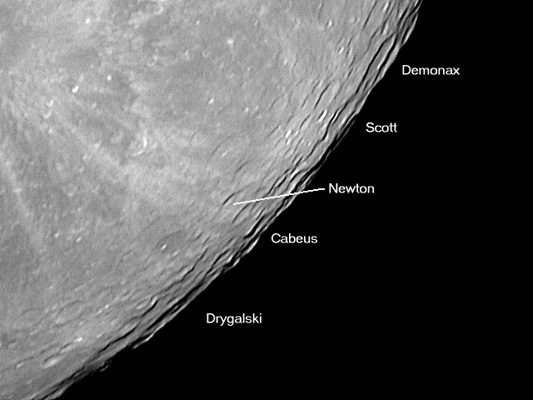Difference between revisions of "January 5, 2004"
| Line 50: | Line 50: | ||
<p align="center" class="main_titles"><b>Author & Editor:</b><br> | <p align="center" class="main_titles"><b>Author & Editor:</b><br> | ||
[mailto:tychocrater@yahoo.com Charles A. Wood]</p> | [mailto:tychocrater@yahoo.com Charles A. Wood]</p> | ||
| − | < | + | <!-- Cleanup of credits --> |
| − | + | <!-- Cleanup of credits --> | |
| − | < | + | <!-- Cleanup of credits --> |
| − | + | <!-- Cleanup of credits --> | |
| − | < | + | <!-- Cleanup of credits --> |
| − | + | <!-- Cleanup of credits --> | |
| + | <!-- Cleanup of credits --> | ||
<p> </p> | <p> </p> | ||
<!-- End of content --> | <!-- End of content --> | ||
{{wiki/ArticleFooter}} | {{wiki/ArticleFooter}} | ||
Latest revision as of 10:12, 6 June 2015
South Polar Wilderness
|
|
|
South Polar Wilderness Most observers point their telescopes at the mare regions of the Moon - and part of the reason is that it is far easier to find things there! The further you get from the maria, the more the Moon appears as a wilderness of crater piled upon crater. One of the most difficult regions to find your way around is near the lunar south pole. Brian Jeffrey explored this area at full Moon on Feb 16, 2003 when the terminator slid around from the west, passed the pole, and moved to the east. His technical details suggest that the south pole may be less confusing than modern imaging techniques! Technical Details: Related Links:
Yesterday's LPOD: Rising Moon Tomorrow's LPOD: Gores of the Moon |
Author & Editor:
Charles A. Wood
COMMENTS?
Register, Log in, and join in the comments.




